What Are Topical Analgesics and Why Do They Work?
Topical analgesics are pain relievers you apply directly to your skin-no swallowing pills, no injections. They’re designed to block pain signals right where it hurts, without flooding your whole body with medicine. This makes them ideal for sore muscles, arthritic joints, or nerve pain like post-shingles pain. Unlike oral painkillers, they rarely cause stomach upset, liver strain, or kidney issues because very little of the drug enters your bloodstream.
Three main types dominate the market: lidocaine patches, capsaicin creams and patches, and NSAID gels like diclofenac. Each works differently. Lidocaine numbs nerves like a local anesthetic. Capsaicin burns your pain nerves into submission. NSAID gels reduce inflammation at the surface. All three avoid the risks of opioids and oral NSAIDs, which is why doctors now recommend them as a first step for localized pain.
Lidocaine Patches: The Numbing Solution
Lidocaine patches, like Lidoderm®, deliver 5% lidocaine through the skin to block pain signals from damaged nerves. They’re FDA-approved for postherpetic neuralgia-pain that lingers after shingles-but many people use them for other nerve-related pain, like diabetic neuropathy or pinched nerves.
Here’s how it works: lidocaine stops sodium channels in nerve cells from firing. No signal, no pain. The patch is worn for 12 hours, then removed for 12 hours. You can use up to three patches a day, but never more. Systemic absorption is tiny-only about 63 mg over 12 hours. That’s less than 10% of the amount that could cause heart rhythm problems.
Side effects are mild: redness or itching at the patch site happens in 5-15% of users. But if you’ve got open wounds, burns, or sensitive skin, skip it. The patch doesn’t penetrate deep-only about 5-10 mm-so it won’t help with hip or spine pain. It’s best for surface-level nerve pain, like a burning sensation along the ribs or foot.
Capsaicin Patches: Burn to Heal
Capsaicin comes from chili peppers. Sounds strange, right? But it’s one of the most effective treatments for chronic nerve pain. The high-strength 8% capsaicin patch, called Qutenza®, is applied by a healthcare provider in a clinic. Why? Because it hurts-badly-at first.
When capsaicin touches your skin, it activates TRPV1 receptors, which normally respond to heat. Your nerves fire intensely, creating a burning sensation that can last 30-60 minutes. Then, something surprising happens: the nerves become exhausted. They stop sending pain signals. This effect can last up to three months after one 30-minute application.
Studies show it reduces postherpetic neuralgia pain by about 30-50% in people who stick with it. But 30-50% of patients quit because the initial burn is too intense. That’s why it’s not sold over the counter. Low-dose capsaicin creams (0.025-0.1%) are available without a prescription, but they’re much weaker and need to be applied four times daily for weeks before you feel relief.
Never apply capsaicin near your eyes, mouth, or genitals. Wash your hands right after. And don’t use it if you have broken skin. The 2023 FDA REMS program requires special training for providers because misuse can cause serious irritation.
NSAID Gels: Anti-Inflammatory on the Spot
NSAID gels-like Voltaren (diclofenac 1%) and Flector (flurbiprofen)-work by blocking COX enzymes right where you apply them. These enzymes make prostaglandins, the chemicals that cause swelling and pain. By stopping them locally, the gel reduces inflammation without affecting your stomach or kidneys like oral NSAIDs do.
Microdialysis studies show tissue concentrations of diclofenac in the joint area can be 10 to 100 times higher than in your blood. That’s why it’s so effective for knee osteoarthritis. One study found 60% of users reported at least 50% pain reduction after four weeks. For deep joints like the hip? Only 20% improvement. That’s because the gel can’t reach far enough down.
Apply it four times a day-about a 2-4 inch ribbon each time. Rub it in gently. Don’t cover it with a bandage unless your doctor says so. Wait at least 30 minutes before showering or swimming. Peak effect kicks in around 1.5 hours after application.
Side effects? Skin redness, dryness, or itching in 10-20% of users. Rarely, allergic reactions happen. The FDA requires a warning on all NSAID products about possible heart risks, but topical versions carry far less risk than pills. Still, avoid them if you have a history of heart failure, high blood pressure, or kidney disease.
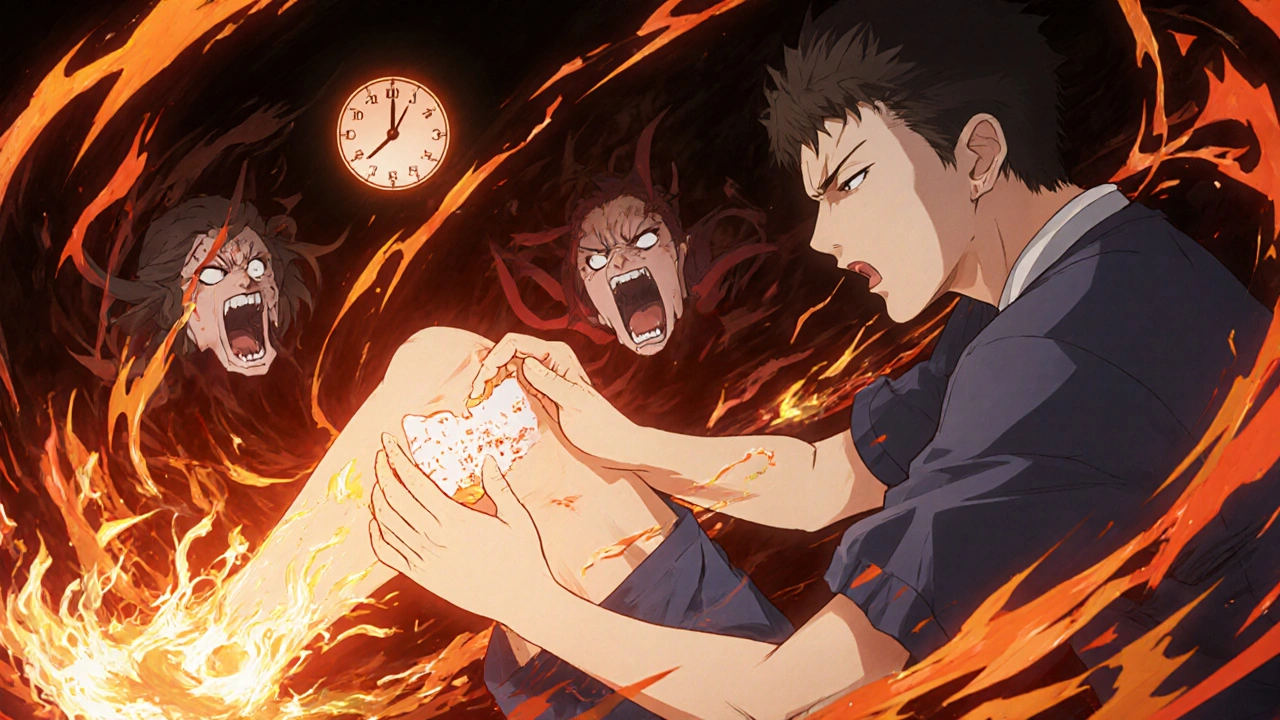
How Do They Compare? Real Numbers, Real Results
Not all topical pain relievers are created equal. Here’s how they stack up based on clinical data:
| Product | Best For | NNT (Number Needed to Treat) | Onset of Action | Common Side Effects |
|---|---|---|---|---|
| Lidocaine 5% patch | Postherpetic neuralgia, localized nerve pain | 6.7 | 2-4 hours | Redness, itching (5-15%) |
| Capsaicin 8% patch | Postherpetic neuralgia, diabetic neuropathy | 4.4 | Days to weeks (after single application) | Burning during application (30-50% quit) |
| NSAID gel (diclofenac 1%) | Knee osteoarthritis, sprains, muscle strains | 2.7 | 45 minutes to 2 hours | Skin irritation (10-20%), dryness |
| Oral NSAID (for comparison) | Generalized pain | 3.5 | 30-60 minutes | Stomach ulcers, kidney strain (1.5% risk) |
NNT means how many people need to use it for one person to get meaningful relief. Lower numbers are better. So NSAID gels win for acute pain like sprains-only 2.7 people need to use it for one to feel better. Capsaicin is better than lidocaine for nerve pain, but the initial burn turns people off. Lidocaine is gentle but less powerful.
Who Should Use Them? Who Should Avoid Them?
Topical analgesics are perfect for:
- Older adults with osteoarthritis who can’t take oral NSAIDs
- People on multiple medications (polypharmacy) who want to avoid drug interactions
- Those with stomach ulcers, kidney disease, or liver problems
- Patients wanting to reduce opioid use
But avoid them if you:
- Have open wounds, rashes, or broken skin at the application site
- Are allergic to aspirin or NSAIDs (for NSAID gels)
- Have severe heart failure or uncontrolled high blood pressure
- Are pregnant, especially in the third trimester (NSAIDs can affect fetal circulation)
For capsaicin, always get the 8% patch applied by a professional. Never try to self-administer it. For lidocaine, don’t use more than three patches a day. For NSAID gels, stick to the recommended dose-more doesn’t mean faster relief.
Real People, Real Results
Patients who stick with topical analgesics often say the same things:
- "I stopped taking ibuprofen every day and my stomach feels fine." - u/KneeOA_Sufferer, Reddit
- "The capsaicin patch hurt like hell for an hour, but my pain dropped from 8/10 to 3/10 and stayed there for weeks." - u/ChronicPainWarrior
- "I thought Voltaren was just a placebo. But after four days, I could walk to the mailbox without limping." - 68-year-old patient, UK primary care survey
But there’s frustration too. Many users say:
- "It works sometimes, but not always. I think my dry skin stops it from absorbing."
- "The gel is messy. I get it on my clothes."
- "I didn’t rub it in enough. I thought just spreading it on was enough."
Studies show 60% of first-time users apply too little gel. The key is using the full recommended amount and massaging it in gently for 30 seconds. Don’t just dab it on.

What’s Next? The Future of Topical Pain Relief
Scientists are working on better ways to get medicine deeper into the skin. One new nanoemulsion diclofenac gel showed 2.3 times more drug in the tissue than the old version-without raising blood levels. That could mean better relief for hip or shoulder pain.
Researchers are also testing resiniferatoxin (RTX), a super-potent cousin of capsaicin, for osteoarthritis. It’s 1,000 times stronger, but it doesn’t absorb well yet. If they solve that, it could replace injections.
And menthol? It’s not just for cooling. New studies show it activates TRPM8 receptors, which may help block pain signals. Some future creams might combine menthol with low-dose lidocaine or capsaicin for dual action.
How to Use Them Right
Here’s the simple checklist most patients miss:
- Check your skin. No cuts, rashes, or sunburns where you’re applying.
- Use the right amount. For gels: a 2-4 inch ribbon. For patches: one per area, max three a day.
- Massage gently. Don’t just spread it-rub it in for 30 seconds to help absorption.
- Wait. Don’t shower or cover with a wrap for at least 30 minutes.
- Wash your hands. Especially after capsaicin or NSAID gel.
- Be patient. Capsaicin takes days. NSAID gels take hours. Lidocaine works fast but doesn’t last long.
Most people give up too soon. It takes 2-3 tries to get the technique right. If it doesn’t work after two weeks, talk to your doctor. Maybe you need a different type-or a combination.
Bottom Line: Topical Pain Relief Is Real-If You Use It Right
You don’t need opioids. You don’t need to risk your stomach or kidneys. Topical analgesics are proven, safe, and effective for localized pain. Lidocaine for nerve pain. Capsaicin for stubborn nerve damage. NSAID gels for inflamed joints and muscles.
They’re not magic. But they’re the smartest first step for millions of people with chronic pain. Use them correctly, and you might never need a pill again.
Can I use lidocaine patches and NSAID gel together?
Yes, you can use them together if they’re applied to different areas. For example, a lidocaine patch on your lower back and diclofenac gel on your knee. Don’t mix them on the same spot unless your doctor says so. There’s no known dangerous interaction, but stacking them on one area increases skin irritation risk.
How long does it take for capsaicin to work?
The 8% capsaicin patch works differently than creams. After a single 30-minute application, you may feel burning for up to an hour. Then, pain relief can start within a few days, with full effect by 2-4 weeks. The relief lasts up to 12 weeks. Low-dose creams (0.025-0.1%) need daily use for 2-4 weeks before you notice any change.
Is Voltaren gel better than ibuprofen pills?
For localized pain like knee osteoarthritis, yes. Voltaren gel has the same pain relief as oral ibuprofen but with far fewer side effects. Studies show 60% of users get significant relief with the gel, while only 20% get it with oral NSAIDs for deep joints like the hip. If your pain is only in one joint, the gel is safer and just as effective. For widespread pain, pills may still be needed.
Can I use topical analgesics if I have diabetes?
Yes, and they’re often preferred. People with diabetes often have nerve pain (diabetic neuropathy), and lidocaine patches are a first-line treatment. NSAID gels are safe too, as long as your kidneys are healthy. Avoid capsaicin if you have poor sensation in your feet-you might not feel if you’re burning your skin. Always check your feet daily if using any topical product on your lower limbs.
Do I need a prescription for these?
Lidocaine 5% patches and 8% capsaicin patches require a prescription. NSAID gels like Voltaren are available over the counter in many countries, including the UK. But the strongest versions (like 1.5% diclofenac) may still need a prescription. Always check the label or ask your pharmacist. OTC versions are lower strength and may take longer to work.
Can I use these during pregnancy?
Lidocaine patches are generally considered safe in pregnancy if used as directed, since very little enters the bloodstream. Capsaicin is low risk but avoid it on large areas. NSAID gels are not recommended after 20 weeks of pregnancy because they can affect fetal circulation. Always talk to your doctor before using any pain relief during pregnancy.
Why does my skin get red after using these?
Redness is common and usually harmless. It’s a mild reaction to the active ingredient or the base of the cream. For lidocaine, it’s due to skin irritation. For NSAIDs, it’s a local inflammatory response. For capsaicin, it’s the TRPV1 activation. If the redness lasts more than a few days, blisters, or spreads, stop using it and see your doctor. You might be allergic or applying too often.
Topical analgesics aren’t the answer for every pain. But for the millions dealing with joint aches, nerve pain, or muscle strains, they’re a quiet revolution in pain management. No pills. No risks. Just relief where you need it.
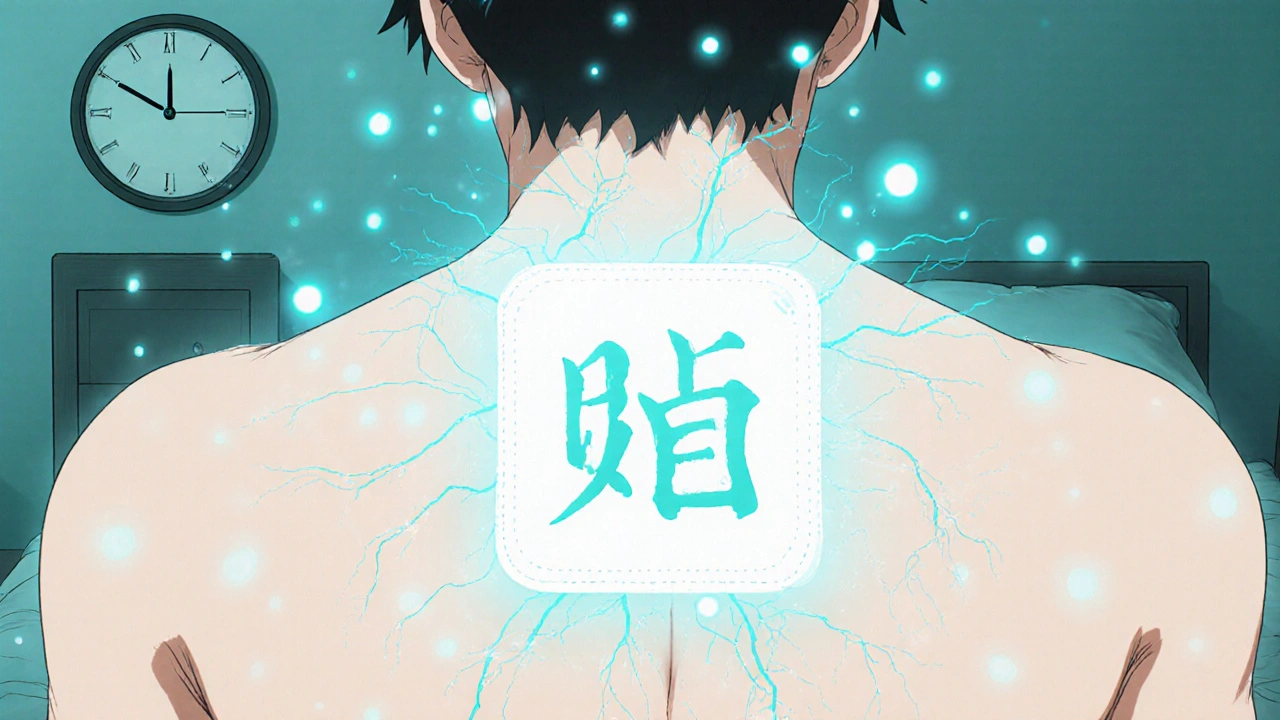
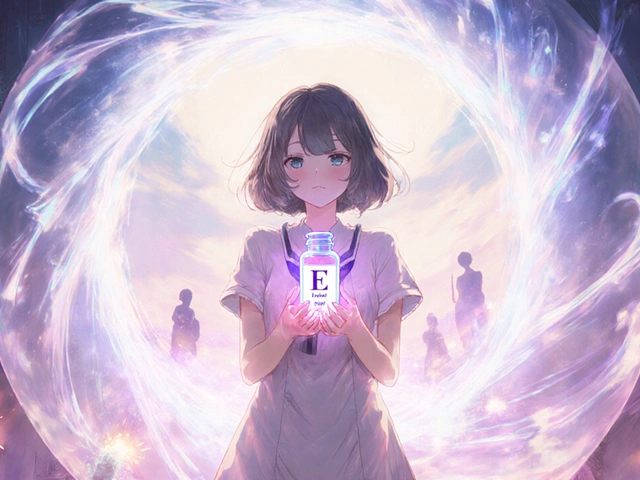


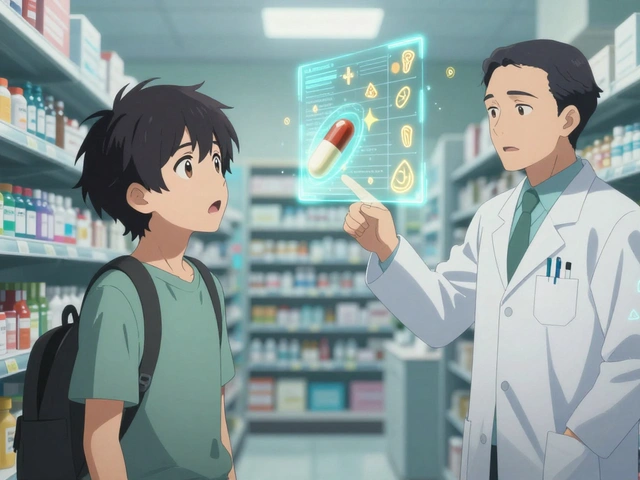
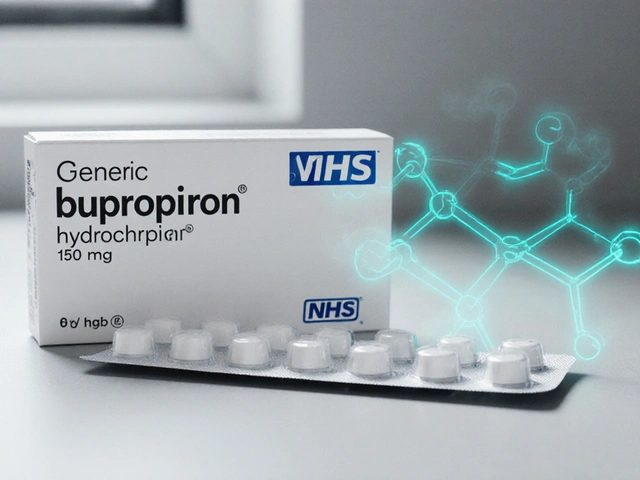
Noel Molina Mattinez
17 November, 2025 . 09:53 AM
I used lidocaine patches for my sciatica and it worked like magic until my wife caught me wearing three at once and said I looked like a human battery pack
now i only use one and still feel better than with ibuprofen
Christina Abellar
19 November, 2025 . 02:48 AM
This is the most helpful pain guide I've ever read. Simple, clear, and actually useful.
Eva Vega
20 November, 2025 . 02:22 AM
The pharmacokinetic profile of topical diclofenac demonstrates significant tissue-to-plasma concentration gradients, which underscores its localized anti-inflammatory efficacy while minimizing systemic exposure
this is clinically superior to oral NSAIDs in patients with comorbid gastrointestinal risk factors
Julie Roe
21 November, 2025 . 07:43 AM
I've been using capsaicin patches for my diabetic neuropathy for almost a year now and honestly I almost gave up after the first application because it felt like my leg was on fire
but then I realized I hadn't been rubbing it in long enough and once I started massaging it for a full 30 seconds like they said it stopped feeling like torture and started feeling like relief
it's not a cure but it's the closest thing I've found to getting my life back
and yeah I still have to wash my hands like 17 times after applying it but I'd rather do that than take another pill that makes me feel like a zombie
jalyssa chea
22 November, 2025 . 10:44 AM
I think the FDA is hiding something with these patches why do they only let you use 3 at a time what if you have pain all over your body and why is capsaicin so hard to get like are they scared we'll figure out its just chili peppers what if its all a scam to sell us more pills
Gary Lam
22 November, 2025 . 19:19 PM
So let me get this straight
you're telling me I can burn my nerves with chili pepper extract and then they just give up and stop hurting
and this is the future of medicine
man I miss when we just took aspirin and called it a day
Peter Stephen .O
23 November, 2025 . 09:59 AM
Topical analgesics are the unsung heroes of pain management
no more stomach guts churning from pills
no more liver screaming for mercy
just pure localized zen
and the fact that capsaicin makes your nerves throw a tantrum then surrender like a defeated gladiator
that's science poetry right there
also I've been using the 1% diclofenac gel on my knees and now I can finally climb stairs without pretending I'm a 90-year-old man
shoutout to the people who made this stuff
Andrew Cairney
24 November, 2025 . 15:31 PM
I did some digging and turns out lidocaine patches were originally developed for military use to numb wounded soldiers on the battlefield
now they're selling them to grandma for her arthritis
what if this is just a slow rollout for mass neural suppression
and what if the 12-hour on 12-hour off schedule is designed to keep us dependent
they're conditioning us to need it
and don't even get me started on the capsaicin... that's not medicine that's a mind control experiment
Rob Goldstein
25 November, 2025 . 07:40 AM
For patients with polypharmacy or renal impairment, topical NSAIDs offer a favorable risk-benefit ratio
the localized delivery system minimizes systemic CYP450 interactions and avoids the first-pass hepatic metabolism
also the NNT of 2.7 for diclofenac gel is clinically remarkable - it means more than 70% of users experience meaningful relief
if you're using less than a 4-inch ribbon per application you're not giving it a fair shot
vinod mali
27 November, 2025 . 05:12 AM
I use this in India for my back pain
its cheap and works better than painkillers
but people here think its magic
they say i put magic cream on my back
i just smile and say yes
Jennie Zhu
28 November, 2025 . 07:57 AM
It is imperative to note that the topical administration of nonsteroidal anti-inflammatory agents necessitates rigorous adherence to dosing parameters to mitigate potential dermal sensitization and ensure optimal therapeutic outcomes
the pharmacodynamic profile is highly dependent on consistent application technique and skin integrity
Kathy Grant
29 November, 2025 . 05:21 AM
There's something beautiful about pain that doesn't need to be drowned out
it needs to be understood
lidocaine doesn't erase the signal
it just lets the nerve rest
capsaicin doesn't silence the scream
it makes the nerve forget how to scream
and diclofenac? it doesn't fight the fire
it gently cools the ground beneath it
we've been taught to fight pain like an enemy
but maybe it's just a messenger
and these creams? they're the quiet translators
not the soldiers
not the suppressors
just the ones who listen and say
'hey... you can breathe now'